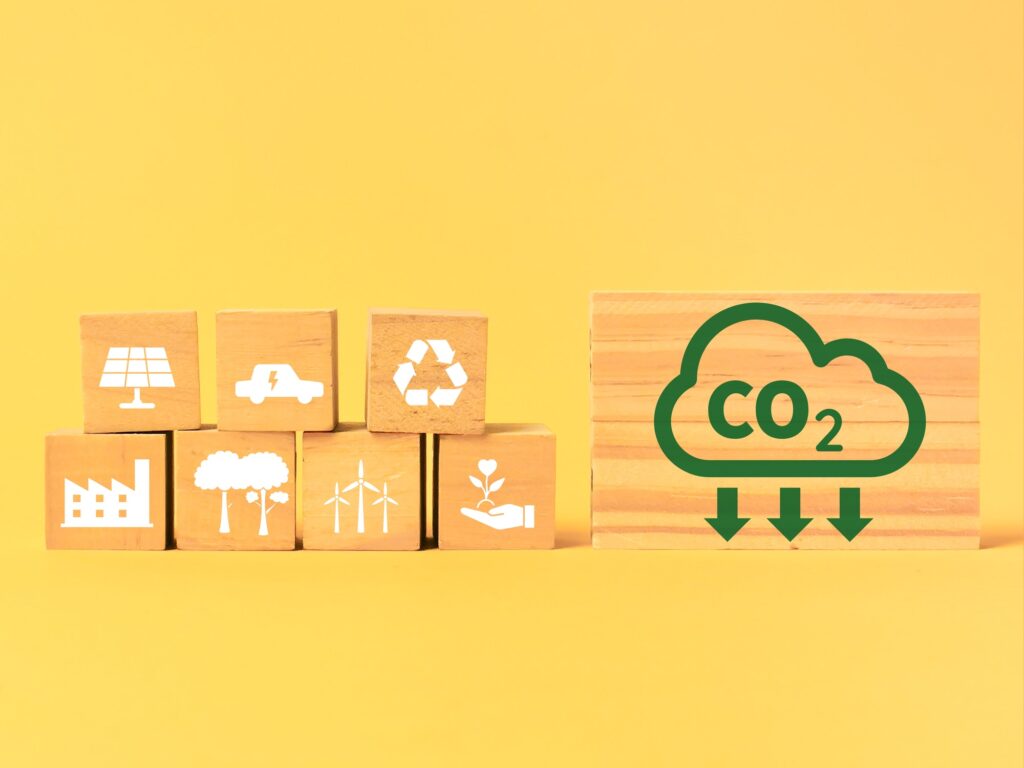However, the PER sector also faces various challenges and opportunities in the transition to a low-carbon future, such as the impact and recovery from the COVID-19 pandemic, the market and competition dynamics, the policy and regulation frameworks, and the technology and innovation trends.
In this article, we will explore some of the main decarbonization strategies for the PER sector, based on the latest research and expert opinions. We will also discuss some of the benefits and barriers for implementing these strategies, as well as the implications and recommendations for the stakeholders and actors of the sector.

Decarbonization Strategies
Decarbonization strategies for the PER sector include the actions and measures that aim to reduce the greenhouse gas (GHG) emissions and increase the renewable energy share of the sector, while ensuring the reliability, affordability, and security of the energy supply and demand. Decarbonization strategies for the PER sector can be classified into three main categories: optimize, electrify, and decarbonize.
- Optimize: Optimize strategies are the strategies that aim to improve the energy efficiency and productivity of the PER sector, by reducing the energy losses and wastes, enhancing the energy management and optimization, and increasing the energy conservation and demand response. Optimize strategies can reduce the GHG emissions and energy consumption of the PER sector, by improving the design, operation, and maintenance of the energy systems and devices, such as the power plants, the transmission and distribution networks, the smart meters, and the end-use appliances. Optimize strategies can also reduce the costs and risks of the PER sector, by improving the performance, quality, and flexibility of the energy services and products, such as the electricity, the heating, and the cooling.
- Electrify: Electrify strategies are the strategies that aim to increase the electrification and integration of the PER sector, by shifting the energy demand and supply from fossil fuels to electricity, and increasing the interconnection and coordination of the electricity grids and markets. Electrify strategies can reduce the GHG emissions and energy consumption of the PER sector, by replacing the combustion of fossil fuels with the use of electricity, especially in the end-use sectors, such as the transport, the industry, and the buildings. Electrify strategies can also increase the renewable energy share and diversity of the PER sector, by increasing the penetration and utilization of renewable energy sources, such as the wind, the solar, and the hydro.
- Decarbonize: Decarbonize strategies are the strategies that aim to eliminate the GHG emissions and increase the carbon neutrality of the PER sector, by replacing the fossil fuels with zero-carbon or low-carbon energy sources, and increasing the carbon capture and storage (CCS) or carbon removal and utilization (CRU) of the residual emissions. Decarbonize strategies can reduce the GHG emissions and energy consumption of the PER sector, by replacing the fossil fuels with zero-carbon or low-carbon energy sources, such as the nuclear, the hydrogen, and the bioenergy. Decarbonize strategies can also increase the carbon neutrality and sustainability of the PER sector, by increasing the CCS or CRU of the residual emissions, such as the carbon dioxide, the methane, and the nitrous oxide.

Benefits and Barriers for the Decarbonization Strategies
Decarbonization strategies for the PER sector can bring various benefits and opportunities for the sector and the society, such as the environmental, economic, and social benefits. However, decarbonization strategies for the PER sector also face various barriers and challenges, such as the technical, financial, and institutional barriers.
Some of the main benefits and barriers for the decarbonization strategies are:
- Environmental benefits and barriers: Environmental benefits are the benefits that decarbonization strategies can bring for the environment and the climate, such as the reduction of GHG emissions and air pollution, the mitigation of climate change and its impacts, and the conservation of natural resources and biodiversity. Environmental barriers are the barriers that decarbonization strategies face from the environment and the climate, such as the variability and uncertainty of renewable energy sources, the land and water use and impacts of energy systems, and the environmental and social risks and trade-offs of energy transitions.
- Economic benefits and barriers: Economic benefits are the benefits that decarbonization strategies can bring for the economy and the market, such as the cost savings and revenue generation, the job creation and income growth, and the innovation and competitiveness. Economic barriers are the barriers that decarbonization strategies face from the economy and the market, such as the high capital and operational costs, the low profitability and return on investment, and the market failures and distortions.
- Social benefits and barriers: Social benefits are the benefits that decarbonization strategies can bring for the society and the people, such as the improvement of health and well-being, the enhancement of equity and inclusion, and the empowerment of communities and stakeholders. Social barriers are the barriers that decarbonization strategies face from the society and the people, such as the lack of awareness and acceptance, the resistance and opposition, and the institutional and regulatory gaps and constraints.

Implications and Recommendations for the PER Sector
The decarbonization strategies for the PER sector have various implications and recommendations for the sector and its stakeholders and actors, such as the governments, the industry, the academia, and the civil society. The implications and recommendations for the PER sector are based on the analysis and evaluation of the decarbonization strategies, their benefits and barriers, and their potential and feasibility.
Some of the main implications and recommendations for the PER sector are:
- **Strengthen the collaboration and coordination among the stakeholders and actors of the PER sector, to create a common vision and agenda, and to leverage the synergies and complementarities of the decarbonization strategies. The collaboration and coordination of the PER sector can be facilitated by the development and implementation of common and coherent policies, frameworks, and agreements, such as the Paris Agreement, the Sustainable Development Goals, and the Net-Zero Emissions Alliance.
- **Invest in the research and development of the technologies and innovations of the PER sector, to enhance the capabilities and opportunities of the decarbonization strategies, and to address the challenges and risks of the decarbonization strategies. The research and development of the PER sector can be supported by the increase and improvement of the funding and financing, the demonstration and validation, and the diffusion and adoption of the technologies and innovations, such as the automation and digitalization, the artificial intelligence and machine learning, and the sustainable materials and processes.
- **Enhance the skills and capabilities of the workers and the businesses of the PER sector, to enable them to adapt and thrive in the decarbonization strategies, and to provide them with the education and training, the support and incentives, and the protection and empowerment of the decarbonization strategies. The skills and capabilities of the PER sector can be improved by the development and implementation of the skill assessment and gap analysis, the skill development and upgrading, and the skill recognition and certification of the workers and the businesses, such as the engineers, the technicians, and the managers.
- **Promote the sustainability and responsibility of the PER sector, to improve the environmental and social performance and impact of the decarbonization strategies, and to meet the policy and regulatory requirements and expectations of the decarbonization strategies, as well as the consumer and buyer preferences and demands of the decarbonization strategies. The sustainability and responsibility of the PER sector can be improved by the development and implementation of the sustainability and responsibility standards and indicators, the sustainability and responsibility reporting and disclosure, and the sustainability and responsibility assurance and verification of the PER sector, such as the GHG Protocol, the Global Reporting Initiative, and the International Organization for Standardization.

Conclusion
The PER sector is a key player in the global effort to combat climate change and achieve net-zero emissions by 2050, as it accounts for a significant share of the global GHG emissions and energy consumption. However, the PER sector also faces various challenges and opportunities in the transition to a low-carbon future, such as the impact and recovery from the COVID-19 pandemic, the market and competition dynamics, the policy and regulation frameworks, and the technology and innovation trends.
In this article, we have explored some of the main decarbonization strategies for the PER sector, such as the optimize, electrify, and decarbonize strategies, as well as their benefits and barriers, such as the environmental, economic, and social benefits and barriers. We have also discussed some of the implications and recommendations for the PER sector, such as the collaboration and coordination, the research and development, the skills and capabilities, and the sustainability and responsibility of the sector.





